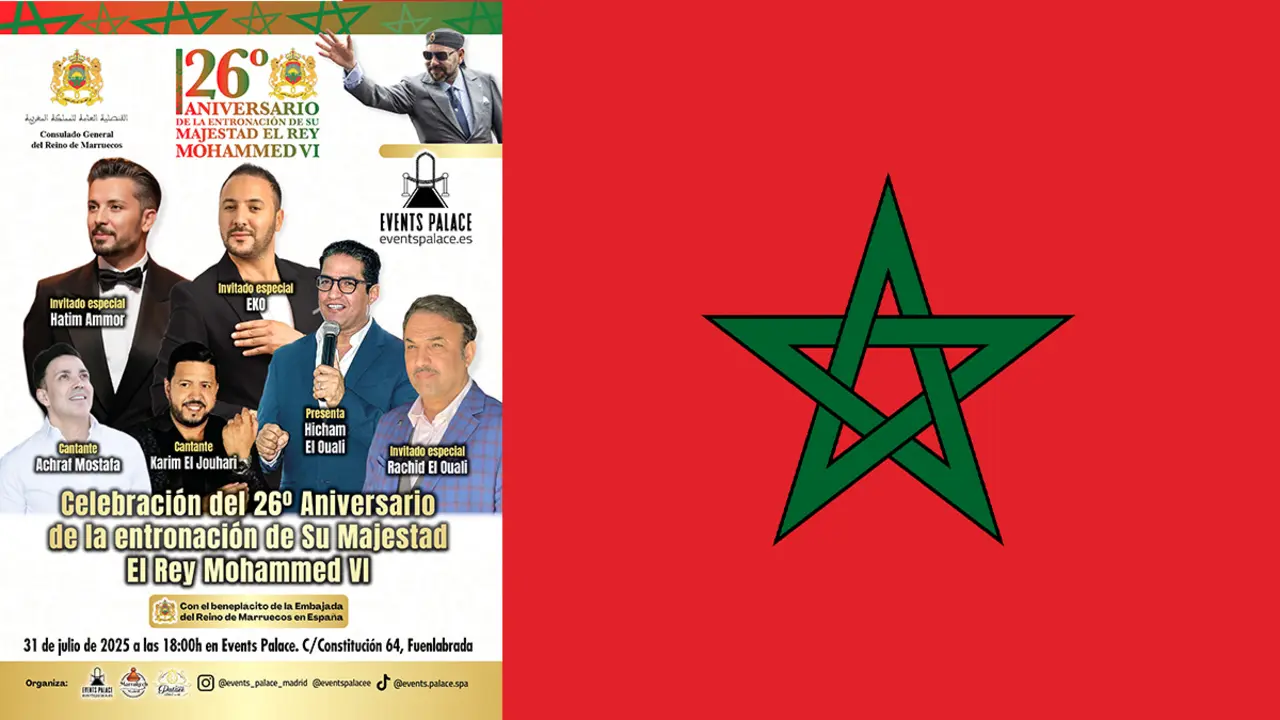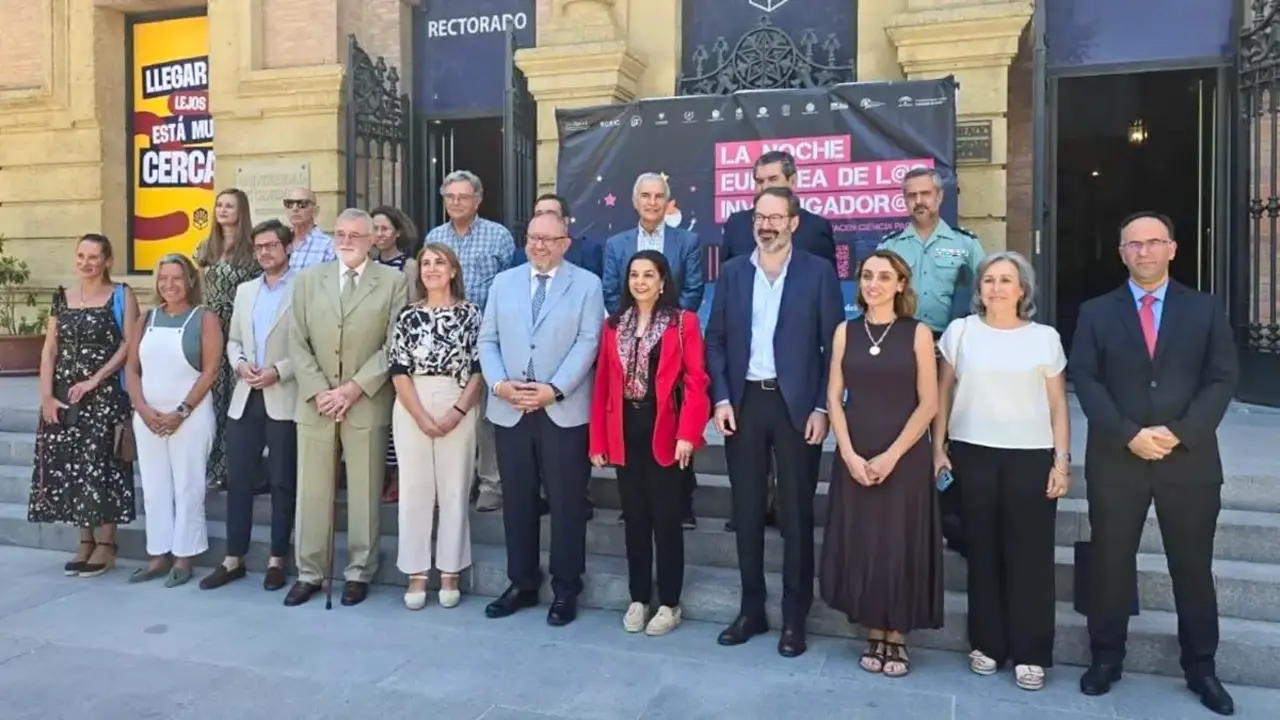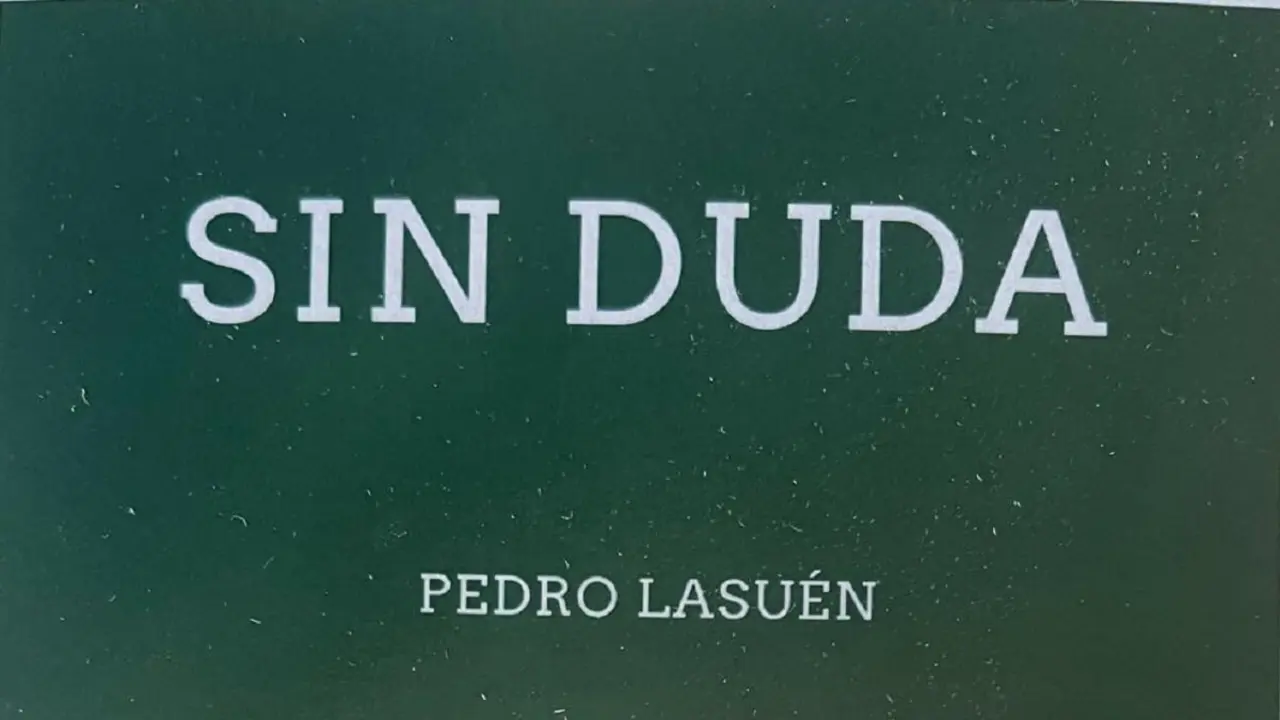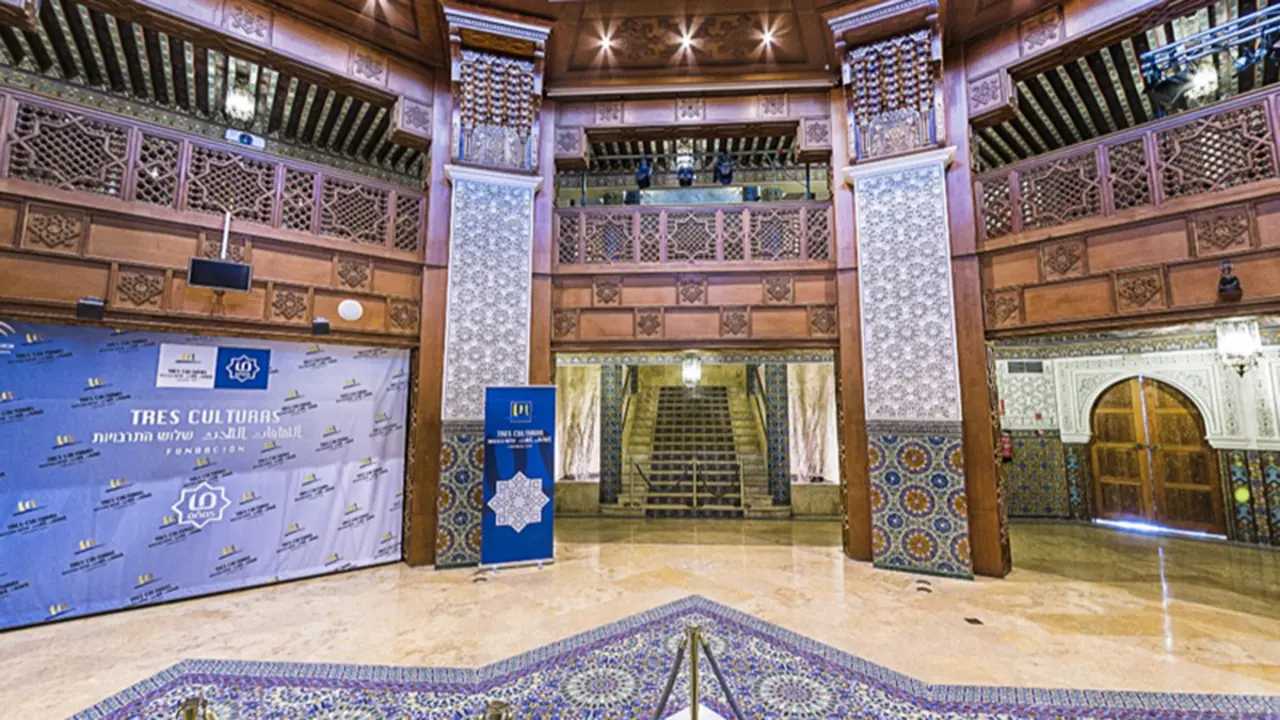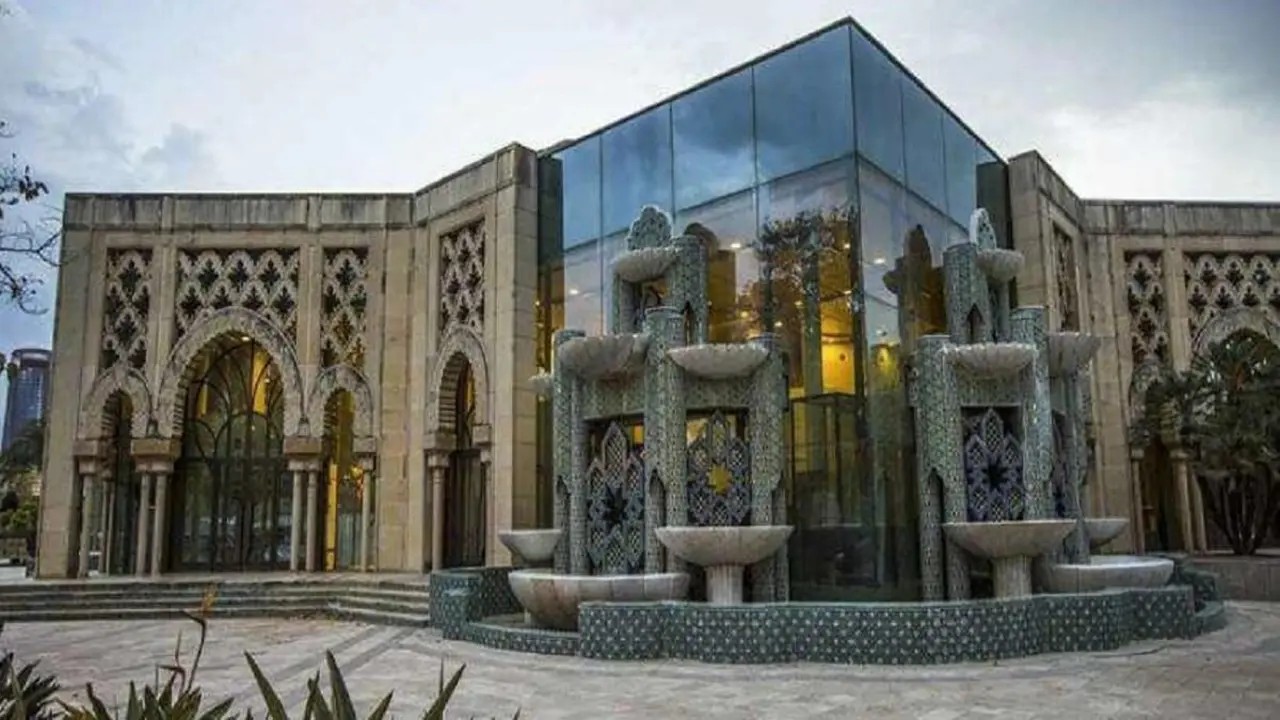Amazigh culture and history through jewellery
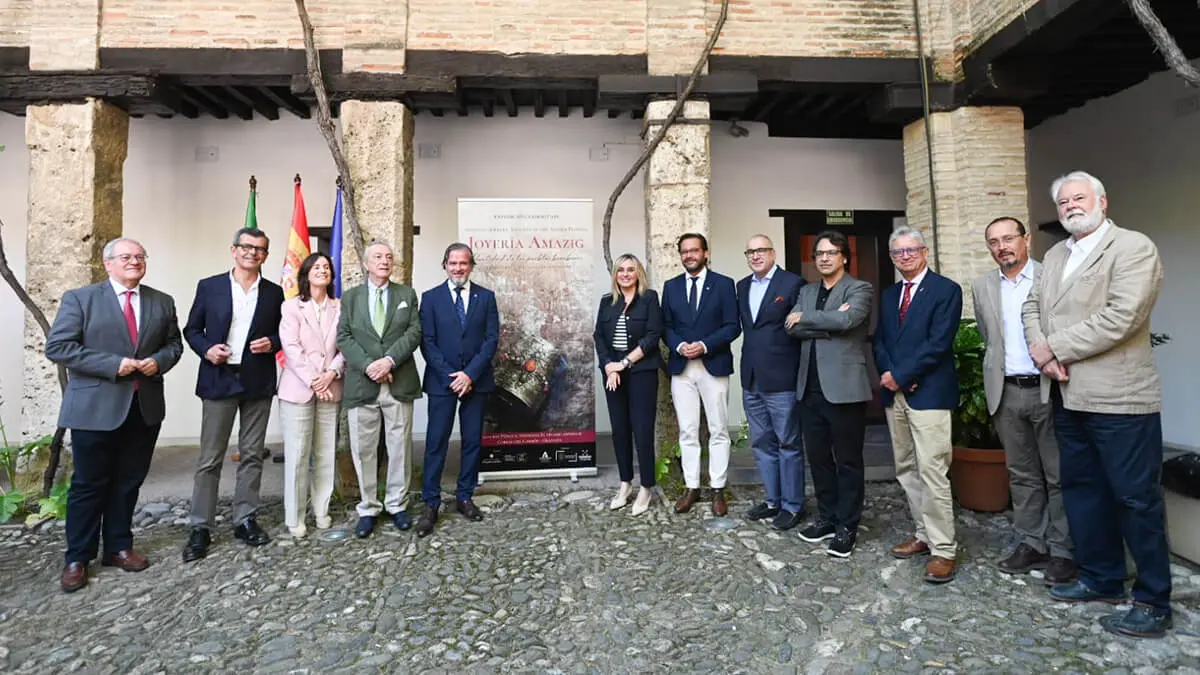
The Andalusi Legacy has inaugurated in the Corral del Carbón the exhibition 'Amazigh Jewellery. Identity of the Berber peoples', an exhibition made up of approximately 200 pieces of jewellery from Libya, Tunisia, Algeria and Morocco.
This unique collection, assembled by the Spanish diplomat Jorge Dezcallar de Mazarredo over the years and after numerous visits to various places throughout the Amazigh geography, allows us to immerse ourselves in the culture and history of this people - commonly known as Berbers - which is spread throughout North Africa.
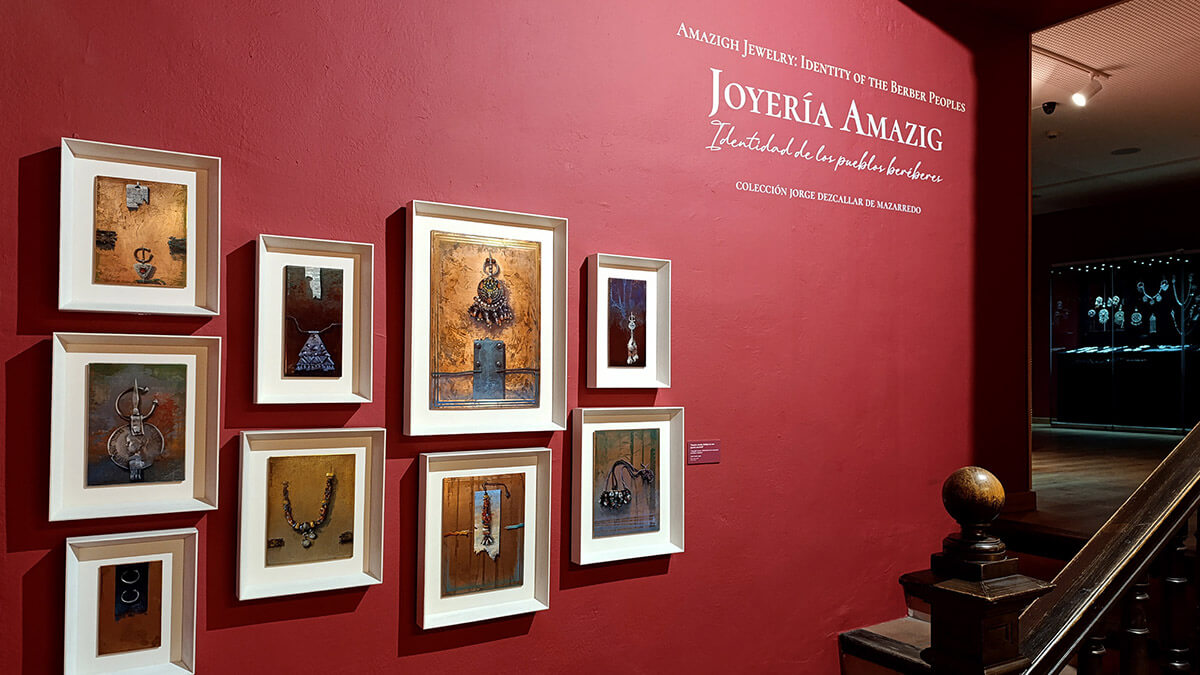
This indigenous people of the Maghreb have been present since ancient times between the Siwa oasis in Egypt and the Atlantic Ocean, as well as from the Mediterranean coast in the north to the Niger Basin in the south. The Amazig, meaning 'free man', have always maintained their identity and customs despite the Arab conquest.
Jewellery is a deeply symbolic element of the Amazig, so this exhibition offers a wealth of information about these peoples through their diadems, headbands, pendants, earrings, necklaces, pectorals, fibulae, amulets and bracelets.
All these objects, mainly worn by women, explain the long history of these people and their contacts with other Mediterranean and sub-Saharan African peoples. In this respect, it is worth noting that numerous links have developed with the inhabitants of the Iberian Peninsula throughout history. These contacts intensified in a very special way during the Andalusian period.
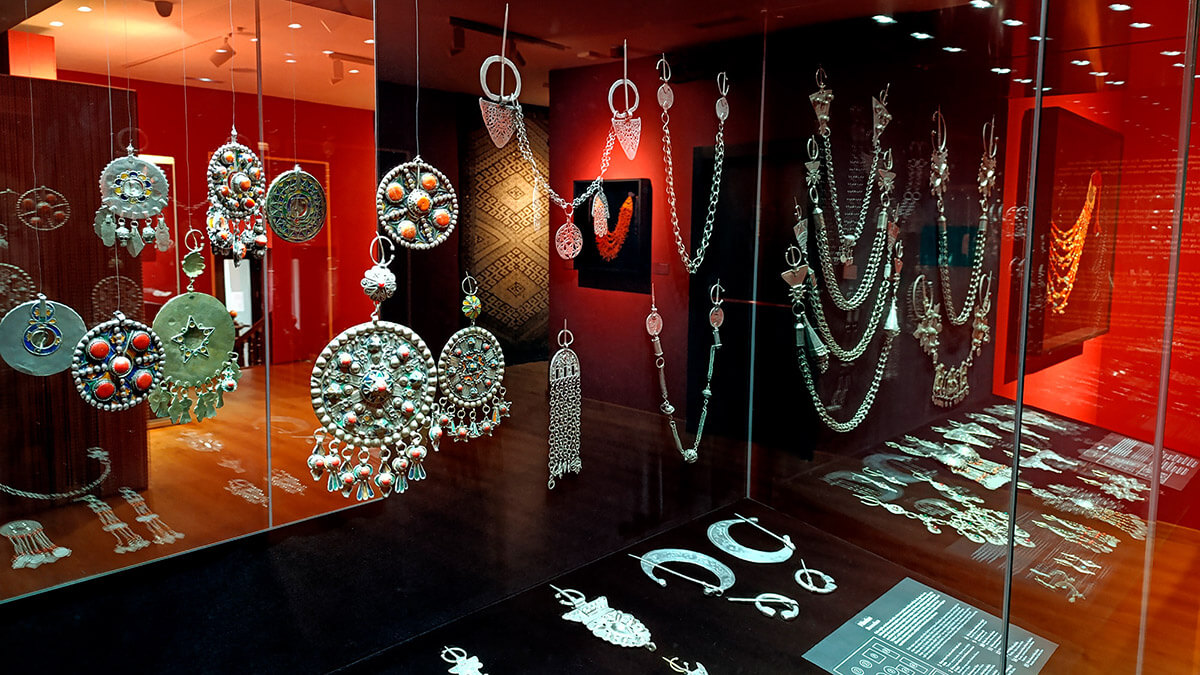
The exhibition also provides information on their beliefs - these jewels are often used to attract good and repel evil - their economy, culture and habits.
"Jewellery has multiple uses in the Berber world, the first being beautification, of course, but its second, more important function refers to identity," former Spanish ambassador Jorge Dezcallar de Mazarredo explained to Le Figaro. "A Berber jewel indicates the tribe to which its owner belongs, the geographical area, social status, marital status or even the birth of a child and its sex, depending on the location of the precious stone in the necklace," he says.
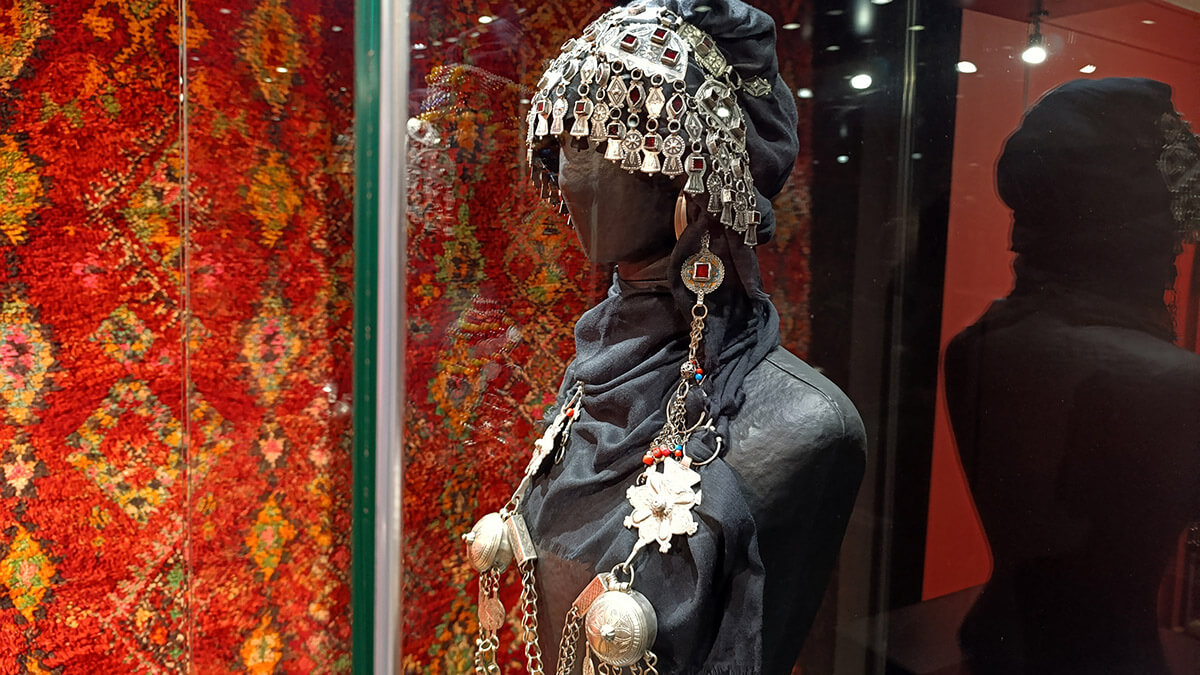
"They also had an important economic value insofar as, in the Berber world, women carried their possessions, the jewels, with them. To steal from a woman in the Berber world was a very serious crime, because it was to rob her not only of her present, but also of her future," adds the diplomat, who also stresses that these jewels reflect "their pre-Islamic beliefs".
The jewellery is always the property of the woman, as it is inherited from mother to daughter. Berber women receive these jewels from their husbands or in-laws when they marry, and they represent economic independence in case of problems or disagreements with their husbands.
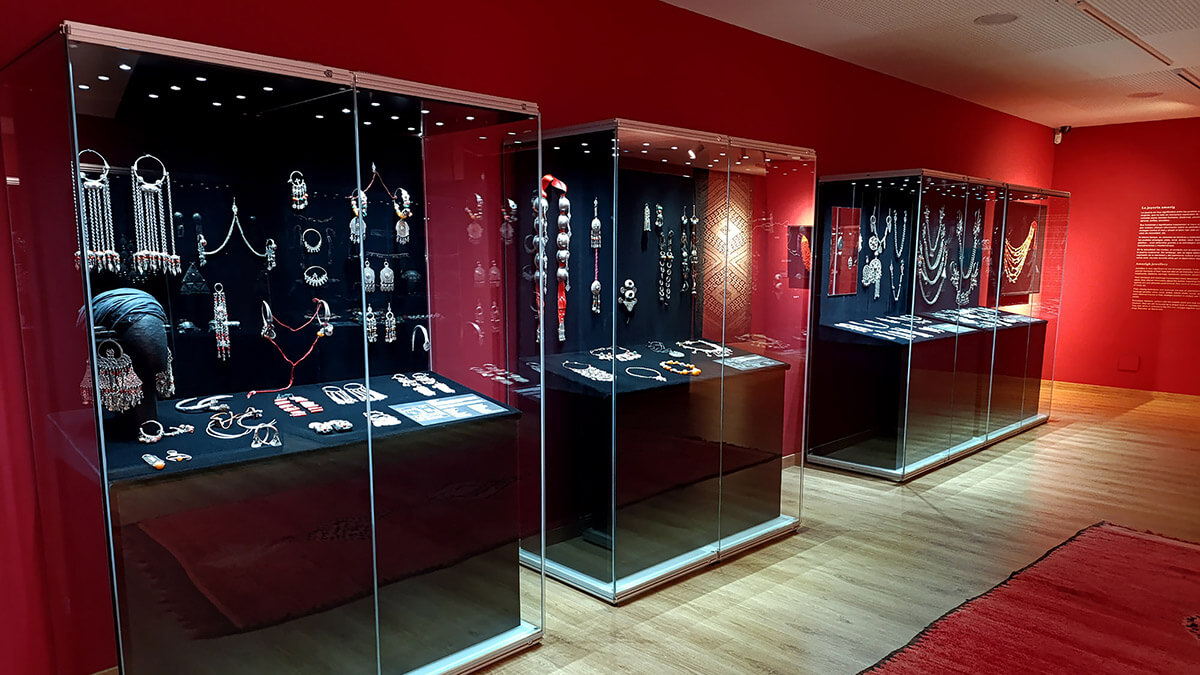
The jewellery is made of triangular shapes representing the goddess Tanit, who is responsible for fertility, as well as protective amulets against supernatural creatures from pre-Islamic Arab mythology, which were later reproduced in Islamic theology and mythology.
Unfortunately, this jewellery is no longer used in everyday life, but only for celebrations, weddings, commemorations, which also reflects the loss of traditions. "Women in isolated places, lost in the mountains, associate these jewels with the past, with the poverty they lived through, and they want to get rid of them," says Dezcallar.
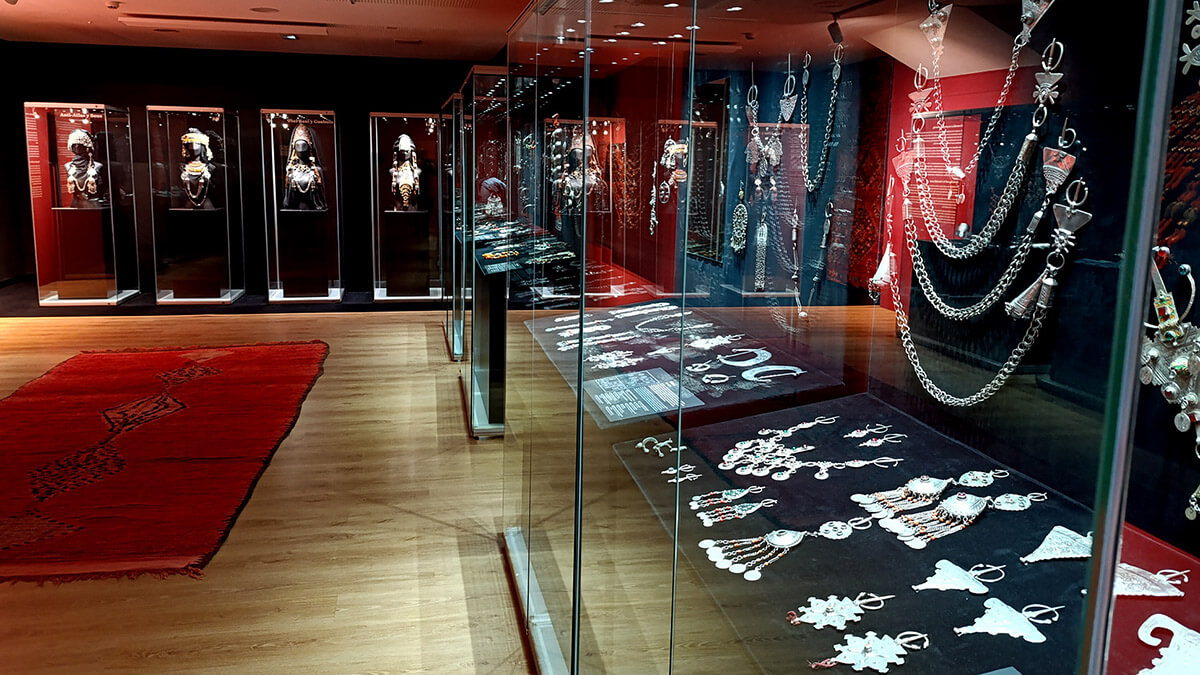
Along with all these jewels, nine pictorial works by the painter Jesús Conde Ayala, oil paintings on metal inspired by the pieces that make up this exhibition, are also on display. The exhibition is complemented by a magnificent Berber tapestry on loan from the Secret Berbère Gallery.
The exhibition is also accompanied by a 348-page catalogue with the collaboration of some of the leading specialists on the subject, such as the professor at the University of Alcalá, Helena de Felipe; the professor at the University of Granada, Bilal Sarr; and the professor at Boston University, Cynthia Becker.




